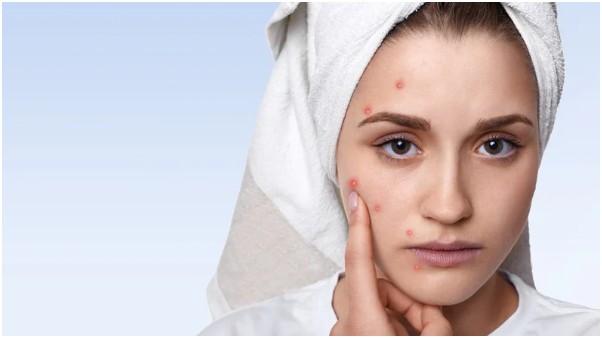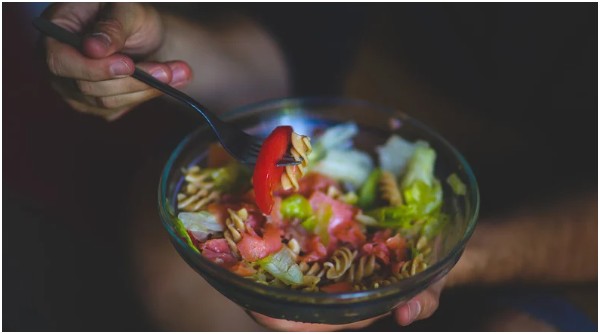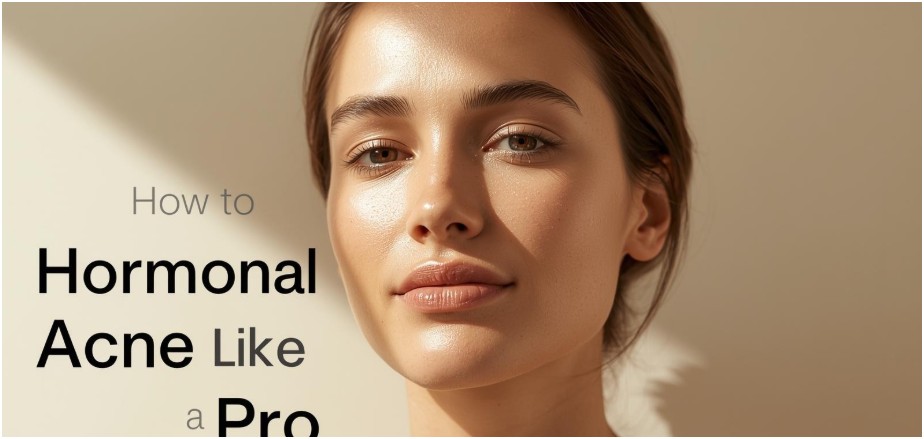Hormonal acne is one of the most stubborn skin challenges many people face. Unlike the occasional pimple caused by forgetting to wash your face or trying a new product that didn’t agree with you, hormonal breakouts are driven by internal shifts.
These fluctuations often happen during puberty, menstrual cycles, pregnancy, or times of high stress. While it might feel like your skin has a mind of its own, you can regain control.
How to Handle Hormonal Acne
Understanding the root causes and adopting a strategic approach helps you manage these flare-ups effectively.
Understanding the Root Cause

Before you can treat the problem, you need to know why it is happening. Hormones called androgens stimulate your oil glands to produce excess sebum. When this excess oil mixes with dead skin cells and bacteria inside a pore, it creates a blockage.
This leads to the deep, painful cysts often associated with hormonal acne. These breakouts typically appear along the jawline, chin, and lower cheeks.
Estrogen and progesterone levels also play a significant role. When these levels drop before a menstrual cycle, testosterone levels remain constant or rise slightly, triggering increased oil production. Recognizing these patterns allows you to adjust your skincare routine before a breakout even begins.
Build a Consistent Routine
Consistency is your best defense. Jumping between products or trying every new trend will only irritate your skin further. Stick to a simple regimen that focuses on gentle cleansing, treatment, and hydration.
Gentle Cleansing

Start with a mild cleanser that removes excess oil without stripping your skin barrier. Harsh scrubs can aggravate inflammation and signal your skin to produce even more oil to compensate for dryness. Look for ingredients like salicylic acid, which penetrates deep into the pores to dissolve debris.
Targeted Treatments
Incorporating retinoids into your evening routine can make a huge difference. Retinoids speed up cell turnover, preventing dead skin cells from clogging pores. Benzoyl peroxide is another effective ingredient that targets the bacteria responsible for acne. Use these potent ingredients carefully to avoid excessive dryness.
Hydration is Non-Negotiable
Many people with oily skin skip moisturizer, thinking it will make them break out more. This is a mistake. If your skin is dehydrated, it produces more oil. Choose a lightweight, non-comedogenic moisturizer to keep your barrier healthy and resilient.
Lifestyle Adjustments That Help
Topical treatments are essential, but they only address part of the issue. Since hormonal acne starts internally, lifestyle choices can impact your skin significantly.
Manage Your Stress Levels

Stress triggers the release of cortisol. This hormone acts similarly to androgens, revving up oil production. Finding ways to manage stress, whether through regular exercise, adequate sleep, or relaxation techniques, can help keep cortisol levels in check.
Reevaluate Your Diet

Certain foods may trigger inflammation or spike insulin levels, which can worsen acne. High-glycemic foods like sugary snacks and refined carbohydrates are common culprits. Some individuals also find that dairy products exacerbate their breakouts. Pay attention to what you eat and see if cutting back on specific food groups improves your skin clarity.
When to Seek Professional Help
Sometimes, over-the-counter products and lifestyle changes are not enough. If your acne is cystic, painful, or leaving scars, it is time to see a dermatologist.
They can prescribe stronger topical medications, oral antibiotics, or hormonal therapies like birth control pills or spironolactone to regulate androgen levels.
Addressing the aftermath of breakouts is also important. Once active acne subsides, you may be left with discoloration or texture changes. Professional procedures like chemical peels, laser therapy, or microneedling can smooth out the skin.
For those seeking specialized care, finding a clinic that offers acne scar treatment in Utah or your local area can provide access to advanced technologies designed to restore skin texture.
Patience is Key
Treating hormonal acne is a marathon, not a sprint. Most treatments take anywhere from six to twelve weeks to show significant results. It is easy to get discouraged when you do not see immediate changes, but sticking to the plan is crucial.
Focus on maintaining a healthy skin barrier and minimizing inflammation. Avoid picking or squeezing pimples, as this pushes bacteria deeper into the skin and increases the risk of scarring. Trust the process and give your skin the time it needs to heal.
By combining a solid skincare routine with smart lifestyle choices and professional guidance when needed, you can manage hormonal breakouts successfully. Your skin changes over time, and learning to adapt your care strategies ensures you handle those changes like a pro.






